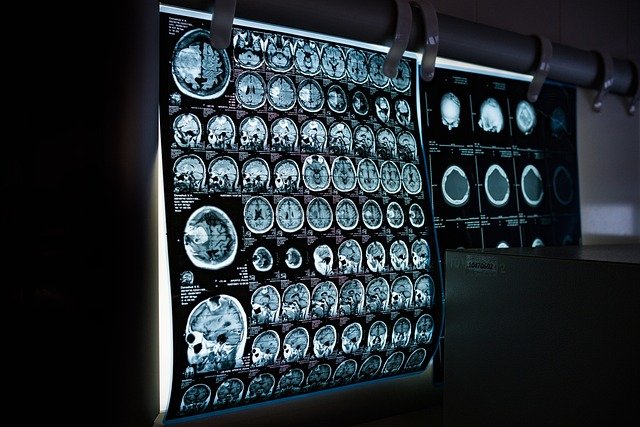Breaking Down the Science of Boxing: A Comprehensive Guide
Boxing, often termed as the 'Sweet Science', is a sport that involves much more than just throwing punches. It is a complex discipline that combines physical prowess, strategic thinking, and exquisite technique. This article will delve deep into the intricate art of boxing, exploring its historical background, current trends, and the science behind its training methodologies.

The Historical Landscape of Boxing
Boxing has a rich and varied history, tracing its roots back to ancient civilizations. The sport was initially recognized in the Olympics of ancient Greece around 688 BC. However, it was the Romans who introduced boxing gloves, albeit ones laden with metal, transforming the sport into a lethal spectacle. The sport underwent a significant evolution in the 17th century in England, when the first rules were introduced, reducing the brutality and emphasizing skill and strategy.
The Science Behind Boxing
Boxing is a demanding sport that requires a unique blend of aerobic and anaerobic fitness. Aerobic fitness enables boxers to maintain their energy levels throughout the match, while anaerobic fitness is essential for delivering powerful punches and withstanding intense bursts of activity. Furthermore, boxers need exceptional neuromuscular coordination to execute intricate movements, demonstrating the scientific complexity underlying this sport.
The Modern Boxing Landscape
Today, boxing is a global phenomenon, with significant advancements in training, strategies, and safety measures. Modern boxers utilize a variety of training methods, ranging from strength and conditioning to cognitive training exercises. Technology also plays a significant role, with advanced sports science being used to monitor and enhance athlete’s performance.
Boxing Training: Benefits, Challenges, and Applications
Boxing training offers numerous benefits, including improved strength, agility, and cardiovascular health. However, it presents unique challenges such as injury risk and the necessity of maintaining weight categories. Despite these challenges, the training methods used in boxing have found applications in broader fitness and wellness regimes, demonstrating the sport’s versatile impact.
Conclusion
Boxing is a dynamic and evolving sport that blends physicality, strategy, and science. Its rich history, diverse training methodologies, and growing global popularity make it a fascinating subject within the realm of sports. As we continue to understand and appreciate the ‘Sweet Science’ of boxing, its influence and relevance in the world of sports are likely to grow even further.



